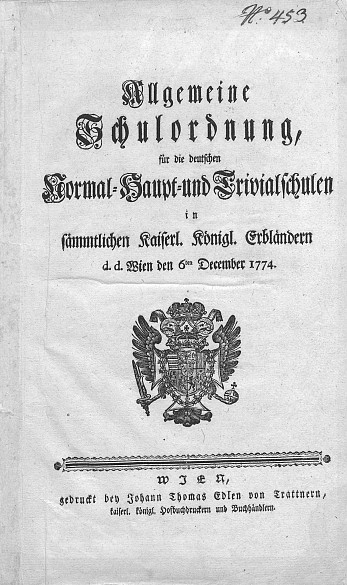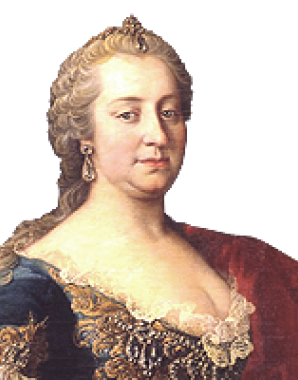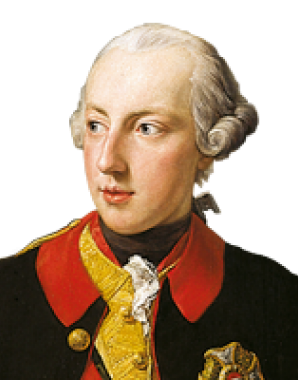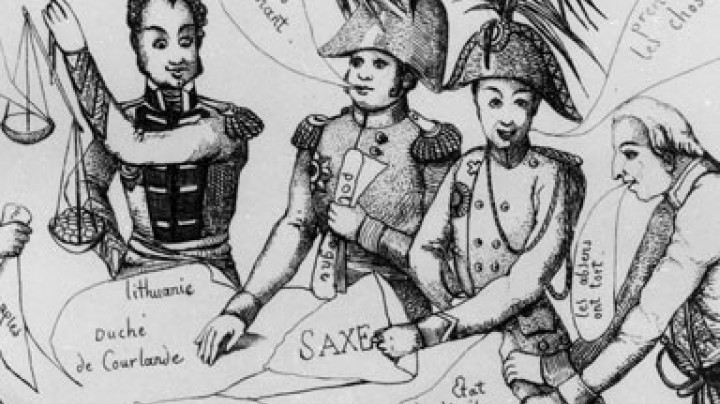The secularization of education
The eighteenth century brought about a turning point in the history of reading. Improved schooling and sinking rates of illiteracy fostered reading skills.
While the numbers of schools in the Habsburg Monarchy varied widely from place to place in the first half of the eighteenth century, it can be assumed that there were schools in all the larger towns. The elementary schools taught religion, reading, writing and arithmetic, and were predominantly controlled by the Church. The school system in the Patrimonial Lands was only poorly developed, even though a number of religious overlords did not demand fees in order to encourage greater numbers of pupils to attend classes. All these schools were ‘privately’ organised, that is, the state had no hand in their foundation or running, and were attended by relatively small numbers of children. This all changed with the introduction of compulsory universal education under Maria Theresa.
In 1781 Joseph II threatened parents with sanctions if they failed to send their children to school, and continued to press for the development of educational institutions. While tuition was finally made free of charge for boys, girls still had to pay fees, though not for elementary schooling. Secondary education at Gymnasien was reserved exclusively for boys. The aim of girls’ education was ‘in time to make of female pupils good wives, careful housewives, loving mothers, and, since this instruction is mostly intended to benefit poor maids, honest, willing and useful serving girls’. Not even one per cent of the population attended a Gymnasium, and the majority of higher educational institutions were located in Vienna and Lower Austria.
The law entitled Allgemeine Schulordnung für die deutschen Normal-, Haupt- und Trivialschulen in sämmtlichen Kayserl. Königl. Erbländern of 1774 was aimed at the education of children of both sexes as the most important basis for the ‘true happiness of the nations’, and provided for six years of compulsory schooling. This law also standardized the education system by means of textbooks and subjected it to strict control from religious and secular supervisory boards, but also had a bureaucratizing and hierarchizing effect on it. The favoured methods of teaching were memorizing, alphabetizing and catechizing.















